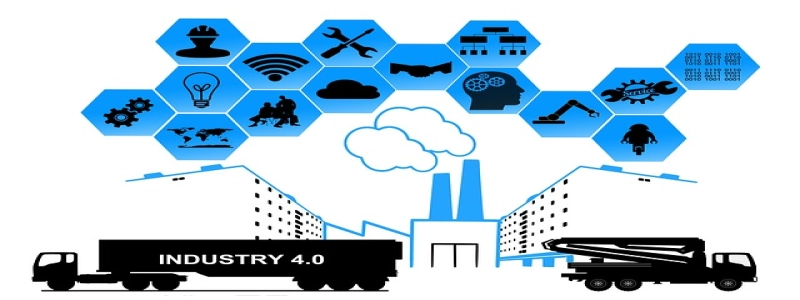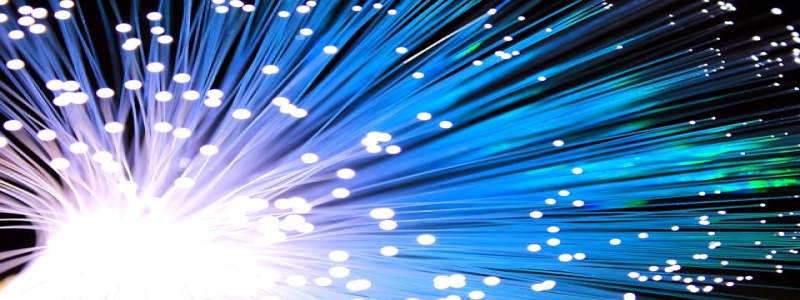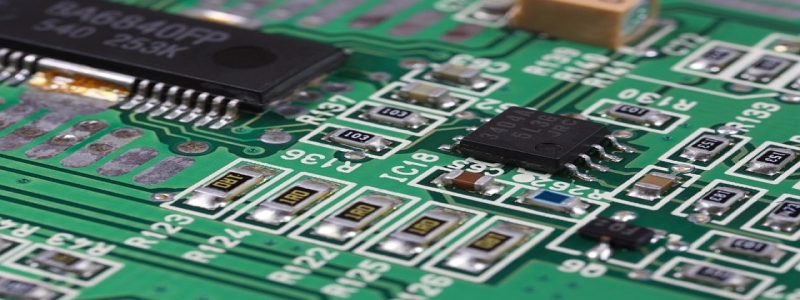Flat Fiber Optic Cable: A Revolution in Telecommunication
Introduction
In the modern world, communication plays a crucial role in connecting individuals and businesses across the globe. The telecommunication industry has witnessed rapid advancements, leading to faster and more reliable connectivity. One such breakthrough is the introduction of flat fiber optic cables. In this article, we will explore the benefits and applications of flat fiber optic cables, revolutionizing the telecommunication industry.
I. Understanding Flat Fiber Optic Cable
1.1 What is a Flat Fiber Optic Cable?
Flat fiber optic cables are a type of optical fiber cable that deviates from the traditional round design. Unlike standard cylindrical fiber optic cables, they have a unique flat shape, allowing for improved flexibility and practical installation.
1.2 How does it Work?
Similar to traditional fiber optic cables, flat fiber optic cables transmit data using light signals. These cables consist of a central core made of highly transparent materials, allowing light to pass through without any significant loss. The inner core is surrounded by a cladding layer, protecting the light signals from dispersion.
II. Advantages of Flat Fiber Optic Cable
2.1 Space Efficiency
One of the primary advantages of flat fiber optic cables is their space-saving design. Due to their flat shape, they can be easily installed along walls, floors, or ceilings, making them ideal for space-restricted areas such as offices, apartments, or data centers.
2.2 Flexibility
Unlike traditional cables, flat fiber optic cables offer enhanced flexibility. Their flat design enables them to bend and twist without damaging the fibers, allowing for easy installation in narrow corners or tight spaces. The flexibility also simplifies maintenance and upgrades, reducing downtime and costs.
2.3 Enhanced Bandwidth
Flat fiber optic cables can transmit data at incredible speeds, providing significantly higher bandwidth compared to conventional cables. This feature makes them suitable for applications that require heavy data transmission, such as high-definition video streaming, cloud computing, and virtual reality experiences.
2.4 Resistance to Interference
Another remarkable feature of flat fiber optic cables is their resistance to electromagnetic interference (EMI) and radio frequency interference (RFI). Unlike copper cables, flat fiber optic cables are immune to external electromagnetic signals, ensuring uninterrupted data transmission even in environments with high levels of electromagnetic noise.
III. Applications of Flat Fiber Optic Cable
3.1 Residential and Commercial Use
Flat fiber optic cables are widely used in residential and commercial buildings. Their space-saving design and flexibility make them ideal for installing in walls, under carpets, or along baseboards. They are commonly employed for high-speed internet connections, television services, and home automation systems.
3.2 Data Centers and Server Rooms
Due to their efficiency and high bandwidth capabilities, flat fiber optic cables are extensively used in data centers and server rooms. They provide reliable connectivity between servers, switches, and storage devices, facilitating efficient data transfer and reducing latency. The flat design allows for neat and organized cable management in these critical infrastructures.
3.3 Telecommunication Networks
Telecommunication networks heavily rely on flat fiber optic cables for long-distance data transmission. These cables are more cost-effective and easier to install compared to traditional underground cables. They enable high-speed data transfer between cities and across continents, connecting individuals globally and supporting the growth of digital communication.
Conclusion
Flat fiber optic cables have revolutionized the telecommunication industry by offering space efficiency, flexibility, enhanced bandwidth, and resistance to interference. Their applications range from residential and commercial use to data centers and telecommunication networks. As technology continues to evolve, flat fiber optic cables will play a crucial role in meeting the increasing demand for faster, more reliable, and efficient connectivity.







